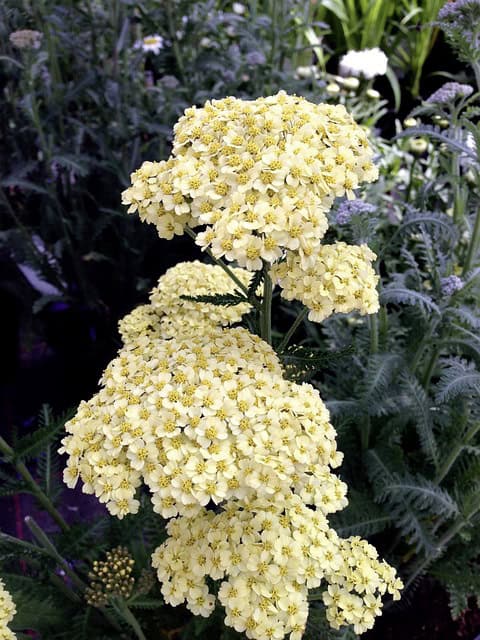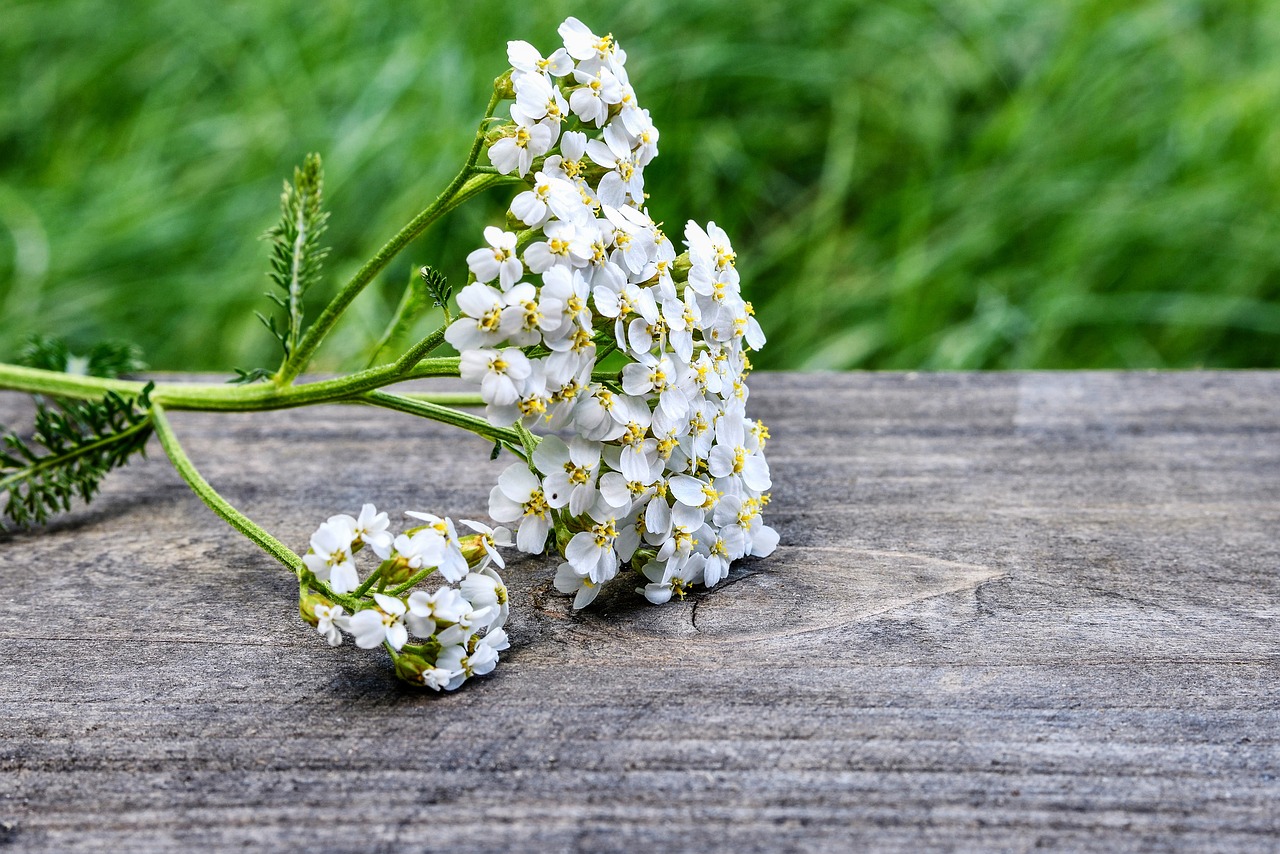If you’re considering adding yarrow to your home garden or foraging for it in the wild, this guide covers everything you need to know about harvesting this versatile herb.
What is Yarrow?

Yarrow, scientifically known as Achillea millefolium, is a perennial herb renowned for its numerous benefits. With its feathery leaves and clusters of small white flowers, yarrow has been a staple in traditional medicine and gardening for centuries. Many people are turning to this potent plant not just for its aesthetic appeal but also for its culinary and medicinal properties.
Yarrow is commonly found in North America, Europe, and Asia, thriving in a variety of habitats from meadows to roadsides. It typically grows between 30 to 100 centimeters in height and features fine, fern-like leaves that can have a slightly bitter taste. The flowers bloom in late spring to early summer and can range from white to pink. Beyond its beauty, yarrow has long been recognized for its healing traits, including its ability to aid in wound healing and its role as an anti-inflammatory agent.
When to Harvest Yarrow
The ideal time to harvest yarrow is during its flowering period, which typically occurs in late spring to early summer. The concentration of beneficial compounds, such as essential oils and flavonoids, is highest at this time. Look for flowers that are fully open, as they contain the most medicinal properties.
While you can harvest yarrow throughout the summer, early morning or late afternoon is the best time to pick it. During these cooler parts of the day, the essential oils are less volatile, allowing you to retain more of the herb’s medicinal qualities.
How to Harvest Yarrow
When harvesting yarrow, it’s essential to use clean, sharp tools to avoid damaging the plant. Here’s a simple process to follow:
Select Healthy Plants: Ensure you pick yarrow from an area free of pesticides and pollutants. Avoid plants near roadsides or industrial areas to minimize contamination.
Use Shears or Scissors: Cut the stems about 6-8 inches above the ground. This height allows the plant to continue growing after harvesting and ensures minimal disturbance to its root system.
Collect Only What You Need: Yarrow is a resilient plant, but overharvesting can deplete local populations. Take only what you can use; this will also help maintain the balance of the ecosystem.
Inspect and Clean: After harvesting, inspect the yarrow for pests or any signs of disease. Rinse it gently under cool water to remove dirt and impurities.
Preserving Yarrow
Yarrow can be preserved in various ways, allowing you to enjoy its benefits throughout the year. Here are some common methods:
Drying: Bundle the stems together and hang them upside down in a cool, dark area with good ventilation. Once dried, store the leaves and flowers in airtight containers. Dried yarrow can be used for teas, tinctures, or as seasoning.
Freezing: Chop the fresh leaves and place them in ice cube trays with a bit of water. Freeze the cubes, then transfer them to a freezer bag. These can be added directly to soups or stews for flavor and health benefits.
Making Tinctures: For a more potent option, create a tincture by soaking fresh yarrow in alcohol for several weeks. Strain and store it in a dark glass bottle, using it as a natural remedy.
Uses of Yarrow
Yarrow is not just for herbal enthusiasts; it boasts a range of practical applications:
Medicinal: Traditionally, yarrow is used to treat cuts and wounds, as it has antiseptic properties. It can also help reduce fevers and alleviate digestive issues.
Culinary: The leaves can be used in salads, soups, and stews, offering a unique flavor profile. However, consume yarrow in moderation, as it can be bitter.
Gardening: Yarrow attracts beneficial insects to your garden, making it an excellent companion plant. Its flowers are a favorite among pollinators, enhancing your garden’s biodiversity.
Conclusion
Harvesting yarrow is a rewarding practice that connects you with nature while providing numerous benefits for health and wellness. Whether you’re using it for medicinal purposes, culinary adventures, or simply enjoying its beauty in your garden, this versatile herb is well worth your attention. Remember to harvest responsibly and sustainably to ensure that yarrow continues to flourish for generations to come.





